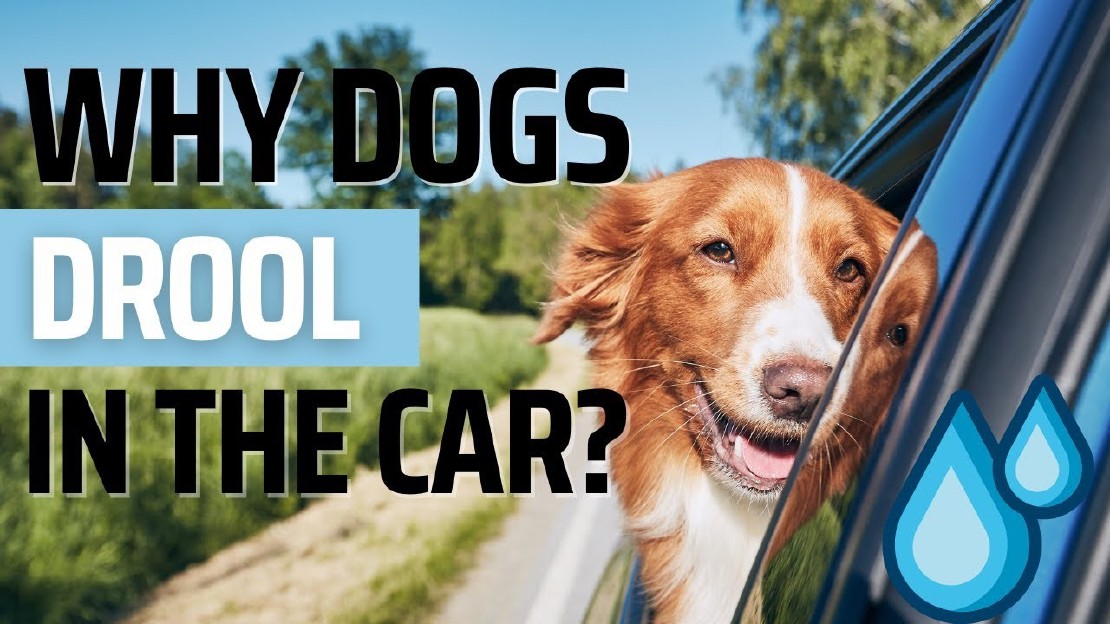Why Do Dogs Love Sleeping in Bed?
Why dogs like sleeping in bed? Many dog owners have experienced the joy of sharing their bed with their furry friends. But have you ever wondered why …
Read Article
Driving with a dog can be a fun and rewarding experience, but it can also come with its challenges. One common issue dog owners face is excessive drooling when their pets are in the car. This can be not only messy and uncomfortable for both the dog and the owner, but it can also be a sign of underlying health or behavioral issues.
There are several potential causes for excessive dog drooling in cars. One possible explanation is motion sickness. Just like humans, some dogs can get nauseous and dizzy when traveling in a moving vehicle. This can result in increased salivation as the body’s natural response to feeling sick. Another factor that can contribute to excessive drooling is anxiety. Dogs that are fearful or stressed in the car may produce more saliva as a way to cope with their emotions.
To address excessive dog drooling in cars, there are a few potential solutions. If motion sickness is the cause, easing your dog into car rides gradually can help them acclimate to the motion. Start with short trips and gradually increase the duration as your dog becomes more comfortable. Additionally, taking breaks during long car rides and providing plenty of fresh air can reduce the likelihood of motion sickness. For dogs with anxiety, creating a positive association with the car through treats, toys, and praise can help alleviate their stress and reduce excessive drooling.
Excessive drooling is a common issue that many dog owners face when traveling in cars with their pets. Several factors can contribute to this increased drooling, including:
It’s important to identify the underlying cause of excessive dog drooling in cars in order to address and alleviate the issue. Consulting with a veterinarian can help determine the best course of action for your specific situation.
Excessive dog drooling in cars can be unpleasant and messy for both the owner and the dog. Fortunately, there are several solutions that can help reduce or eliminate the problem:
Remember, every dog is different, and it may take some trial and error to find the most effective solution for your furry friend. Be patient and persistent in addressing excessive drooling in cars, and ensure the safety and comfort of both you and your dog during car journeys.
Excessive drooling in cars is often caused by car sickness or anxiety. Some dogs may experience motion sickness and become nauseous, leading to excessive drooling. Others may feel anxious or stressed in the car, which can also trigger the drooling response. It is important to identify the underlying cause to find the appropriate solution.
If your dog suffers from car sickness, there are several steps you can take to help reduce the symptoms. Gradual acclimation to the car by taking short trips and gradually increasing the duration can help desensitize the dog to the motion. Additionally, ensuring proper ventilation in the car, avoiding feeding right before car rides, and using calming aids such as herbal supplements or anti-anxiety medications can also help alleviate car sickness.
In most cases, excessive drooling in cars is not a sign of a serious medical condition. It is usually related to car sickness or anxiety. However, if the drooling is accompanied by other concerning symptoms such as vomiting, diarrhea, weakness, or loss of appetite, it is important to consult a veterinarian as these may be signs of an underlying health issue.
While it may not be possible to completely eliminate drooling in the car, training techniques can help reduce the drooling response. Gradual desensitization to the car environment and positive reinforcement can be used to help the dog associate car rides with positive experiences. Additionally, providing distractions such as toys or treats and ensuring a comfortable and calm environment in the car can also help minimize drooling.
Why dogs like sleeping in bed? Many dog owners have experienced the joy of sharing their bed with their furry friends. But have you ever wondered why …
Read ArticleWhy dogs kick dirt after pooping? Dogs have many unique and interesting behaviors, and one of these fascinating actions is when they kick dirt after …
Read ArticleWhy dogs eat their puppies? One of the most shocking and puzzling behaviors observed in domestic dogs is when a mother dog eats her own puppies. This …
Read ArticleWhy dog puts paw on you? Have you ever noticed that your dog often puts its paw on you? This behavior might seem cute or endearing, but have you ever …
Read ArticleWhy is my dog panting with his mouth open? Table Of Contents Common Reasons for Dogs Panting with Their Mouth Open Heat and Overexertion Anxiety and …
Read ArticleWhy is my puppys tummy gurgling? As a puppy owner, you may have noticed your furry friend’s tummy making strange gurgling sounds from time to …
Read Article